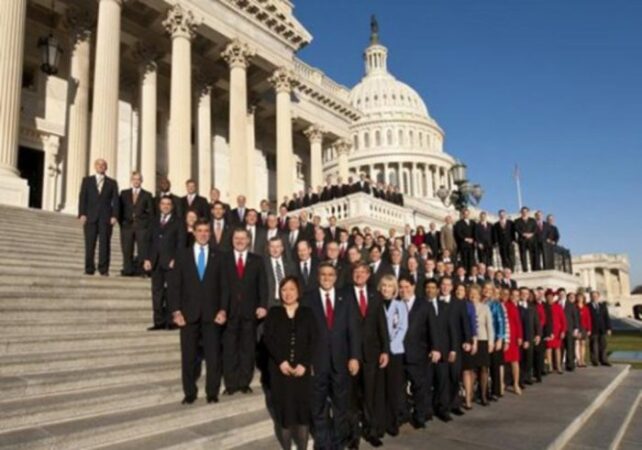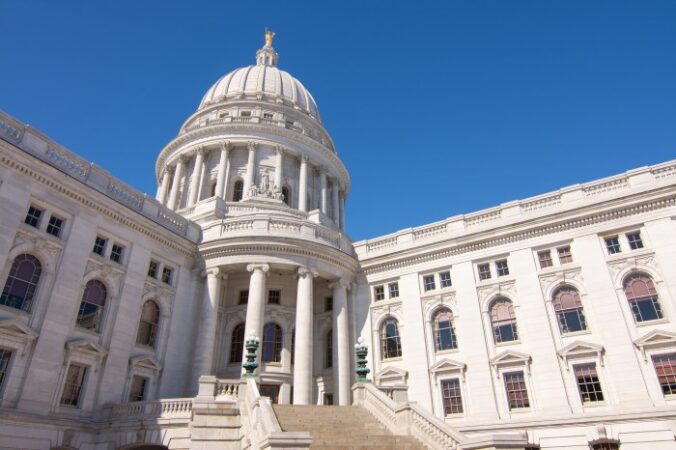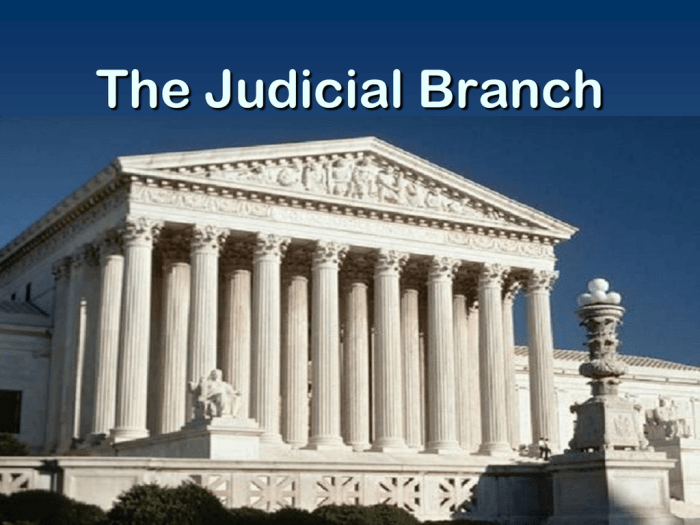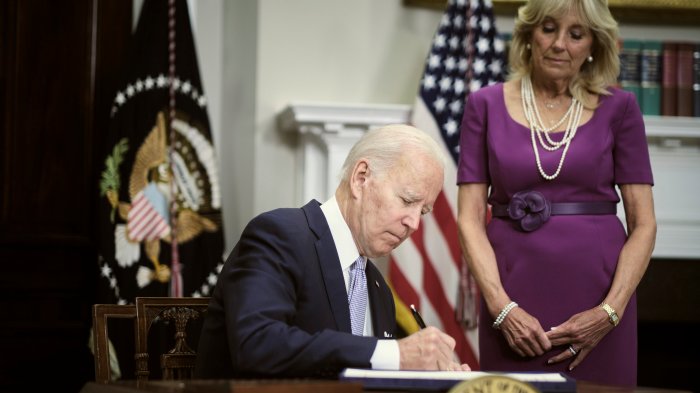
Who passes laws? This seemingly simple question delves into the complex and fascinating world of government, where the creation and implementation of rules shape our society. From the local level to the national stage, laws are crafted through a meticulous process involving elected officials, committees, and the public.
Understanding the legislative process, the various types of laws, and the roles of different lawmaking bodies provides insight into how our legal system operates. It also reveals the intricate interplay between public opinion, political influence, and the ultimate impact of laws on our lives.
The Legislative Process
The legislative process is the means by which a bill becomes law. It is a complex and often lengthy process that involves various actors and stages. This process ensures that laws are carefully considered and debated before they are enacted.
Stages of the Legislative Process
The legislative process can be broadly divided into several stages:
- Introduction: A bill is introduced by a member of the legislature, who is known as the sponsor. The bill is then assigned to a committee for review.
- Committee Review: The committee holds hearings and debates the bill, making amendments as necessary. They may also hold public hearings to gather input from stakeholders. If the committee approves the bill, it is sent to the floor of the legislature for consideration.
- Floor Debate and Vote: The bill is debated on the floor of the legislature. Members of the legislature may propose amendments, and the bill is ultimately put to a vote. If the bill passes, it moves to the other chamber of the legislature (if it is a bicameral legislature).
- Conference Committee: If the two chambers of the legislature pass different versions of the bill, a conference committee is formed to reconcile the differences. The conference committee’s version of the bill must be approved by both chambers.
- Executive Action: The bill is sent to the executive branch (e.g., the president or governor) for their signature. The executive may sign the bill into law, veto the bill, or allow the bill to become law without a signature. A veto can be overridden by the legislature.
Debate and Amendment
During the legislative process, bills are subject to debate and amendment. This process ensures that all perspectives are considered and that the final law reflects the will of the people. For example, a bill concerning environmental protection may be amended to include provisions for economic development or to address concerns about property rights.
Roles of Actors
Various actors play crucial roles in the legislative process:
- Lawmakers: Lawmakers are responsible for introducing bills, debating them, and voting on them. They represent the interests of their constituents and strive to enact laws that benefit their communities.
- Committees: Committees are specialized groups of lawmakers who review bills related to specific policy areas. They hold hearings, conduct research, and make recommendations on bills to the full legislature.
- Executive Branch: The executive branch plays a role in the legislative process by signing or vetoing bills. They may also propose legislation to the legislature.
- Lobbyists: Lobbyists represent special interest groups and advocate for policies that align with their interests. They may provide information to lawmakers, organize public hearings, and engage in other activities to influence the legislative process.
- Public: The public can participate in the legislative process by contacting their representatives, attending public hearings, and advocating for their views on legislation.
Types of Laws
Laws are essential for maintaining order and justice in society. They establish rules and regulations that govern our interactions with each other and with the government. Laws can be categorized into different types based on their purpose and scope.
Criminal Law
Criminal law deals with offenses against the state or society as a whole. It aims to deter crime, punish offenders, and protect the public. Criminal law cases are prosecuted by the government, and the burden of proof lies with the prosecution.
Examples of criminal laws include:
- Murder
- Robbery
- Assault
- Drug trafficking
- Fraud
Civil Law
Civil law deals with disputes between individuals, organizations, or the government. It aims to resolve conflicts and compensate for harm caused. Civil law cases are brought by private individuals or organizations, and the burden of proof lies with the plaintiff.
Examples of civil laws include:
- Contract disputes
- Personal injury lawsuits
- Property disputes
- Divorce cases
- Defamation lawsuits
Constitutional Law, Who passes laws
Constitutional law deals with the interpretation and application of the constitution. It establishes the fundamental principles of government and the rights of citizens. Constitutional law cases are often complex and involve significant legal and political issues.
Examples of constitutional law issues include:
- Freedom of speech
- Due process of law
- Equal protection under the law
- Separation of powers
- Federalism
Administrative Law
Administrative law governs the activities of government agencies and officials. It sets rules for how agencies make decisions, conduct investigations, and enforce regulations.
Examples of administrative law include:
- Environmental regulations
- Labor laws
- Tax laws
- Food safety regulations
- Immigration laws
Lawmaking Bodies: Who Passes Laws

Laws are created by various bodies at different levels of government, each with its own structure and functions. These bodies are responsible for enacting, amending, and repealing laws, ensuring they reflect the needs and values of their respective jurisdictions.
National Lawmaking Bodies
At the national level, the primary lawmaking body is the legislature, which is typically bicameral, consisting of two chambers: the lower house and the upper house.
- The lower house is usually elected by the people and represents the population based on geographical districts. This house often initiates legislation and has the power to approve or reject bills passed by the upper house.
- The upper house, on the other hand, may be elected by the people, appointed by the executive, or a combination of both. Its role is to review legislation passed by the lower house, provide advice, and represent the interests of the states or regions.
In the United States, for example, the national legislature is the Congress, which consists of the House of Representatives (lower house) and the Senate (upper house).
State Lawmaking Bodies
State governments also have their own legislative bodies, often called state legislatures. These legislatures are typically unicameral (one chamber) or bicameral (two chambers), depending on the state.
- The structure and functions of state legislatures vary by state, but they generally follow a similar pattern as national legislatures, with the lower house representing the population and the upper house representing the interests of different regions or constituencies.
- State legislatures are responsible for enacting laws that apply within their respective states, covering areas such as education, healthcare, and environmental protection.
For instance, the California State Legislature has a bicameral structure, consisting of the Assembly (lower house) and the Senate (upper house).
Local Lawmaking Bodies
At the local level, cities, counties, and towns have their own lawmaking bodies, often referred to as city councils, county boards, or town meetings.
- These bodies are typically elected by the residents of the local area and are responsible for enacting ordinances that govern local matters, such as zoning, land use, and public safety.
- Local lawmaking bodies often have limited powers compared to state and national legislatures, and their ordinances must comply with state and federal laws.
An example of a local lawmaking body is the New York City Council, which enacts ordinances for the city of New York.
Comparison of Lawmaking Processes
While the fundamental principles of lawmaking are similar across different jurisdictions, there are variations in the specific processes.
- In some jurisdictions, legislation must be approved by both houses of the legislature and then signed into law by the executive. In others, legislation may be passed by a single house or by a majority vote in both houses, without the executive’s approval.
- The time it takes for legislation to be passed can also vary depending on the complexity of the bill, the level of public interest, and the political climate. Some bills may be passed quickly, while others may take months or even years to become law.
It is important to note that the lawmaking process is dynamic and can be influenced by various factors, including public opinion, political pressure, and the specific needs of the jurisdiction.
The Role of Public Opinion
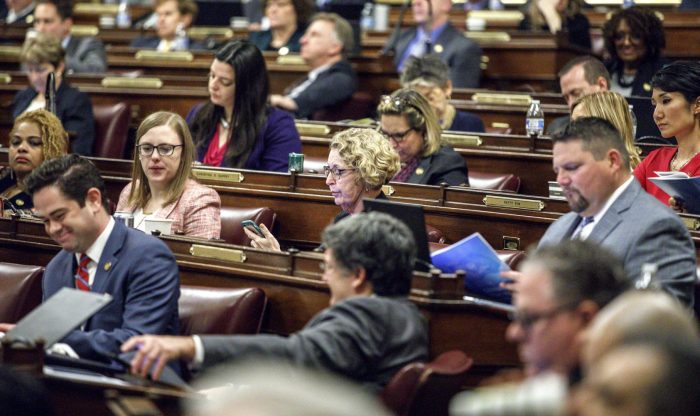
Public opinion plays a significant role in shaping the legislative process, influencing the decisions made by lawmakers. It is a powerful force that can drive legislative action or prevent it.
Influence on the Legislative Process
Public opinion can influence the legislative process in various ways:
* Issue Salience: When a particular issue becomes prominent in the public discourse, it attracts the attention of lawmakers, who are more likely to address it.
* Political Pressure: Public pressure, expressed through protests, petitions, and social media campaigns, can compel lawmakers to take action on specific issues.
* Electoral Consequences: Lawmakers are aware that public opinion can impact their chances of re-election. They often consider public sentiment when making decisions on legislation.
* Lobbying and Advocacy: Interest groups and advocacy organizations actively shape public opinion on specific issues, influencing lawmakers’ perspectives.
Examples of Public Pressure Leading to Legislative Action
* Civil Rights Movement: The Civil Rights Movement in the 1960s, fueled by public protests and demonstrations, led to the passage of landmark legislation, such as the Civil Rights Act of 1964 and the Voting Rights Act of 1965.
* Environmental Protection: Public concern over environmental issues has driven the passage of laws such as the Clean Air Act and the Clean Water Act.
* Gun Control: Public pressure following mass shootings has led to debates and some legislative action on gun control, though progress remains limited.
The Role of Interest Groups and Advocacy Organizations
Interest groups and advocacy organizations play a crucial role in shaping public opinion on legislative matters. They use various strategies, including:
* Public Education Campaigns: They conduct public awareness campaigns to inform the public about specific issues and mobilize support for their positions.
* Lobbying: They engage in direct lobbying of lawmakers, providing information and advocating for specific policies.
* Grassroots Mobilization: They organize grassroots campaigns to mobilize public support for their causes, encouraging citizens to contact their lawmakers.
* Media Advocacy: They use media platforms to disseminate their messages and influence public opinion.
Conclusion
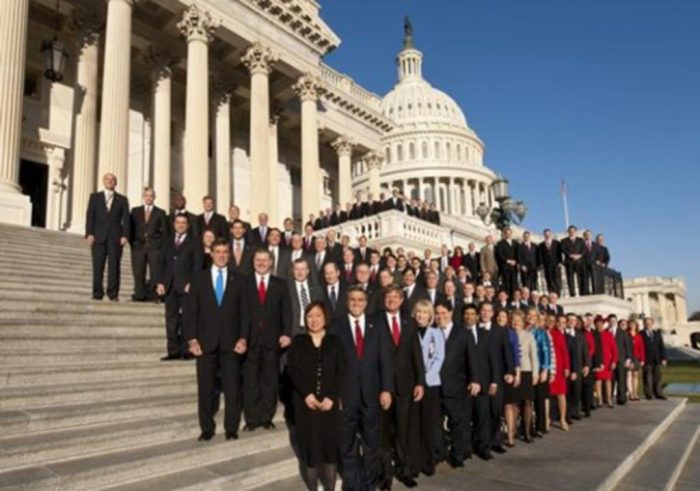
The process of lawmaking is a dynamic and evolving one, constantly adapting to changing societal needs and challenges. From the initial introduction of a bill to its eventual enactment, the journey of a law reflects the collective will of a nation, shaped by diverse perspectives and influences. Understanding the process of lawmaking empowers us to engage in meaningful dialogue, advocate for our values, and contribute to the development of laws that serve the greater good.
Query Resolution
How do laws get passed?
The process typically involves several stages: introduction of a bill, committee review, floor debate, voting, and executive approval. The specific steps may vary depending on the jurisdiction.
What are some examples of laws that have had a significant impact?
Examples include the Civil Rights Act of 1964, the Clean Air Act, and the Affordable Care Act, each of which has had profound implications for society, the economy, and individual lives.
How can I get involved in the lawmaking process?
You can contact your elected officials, participate in public hearings, and join advocacy organizations to voice your concerns and support legislation.
